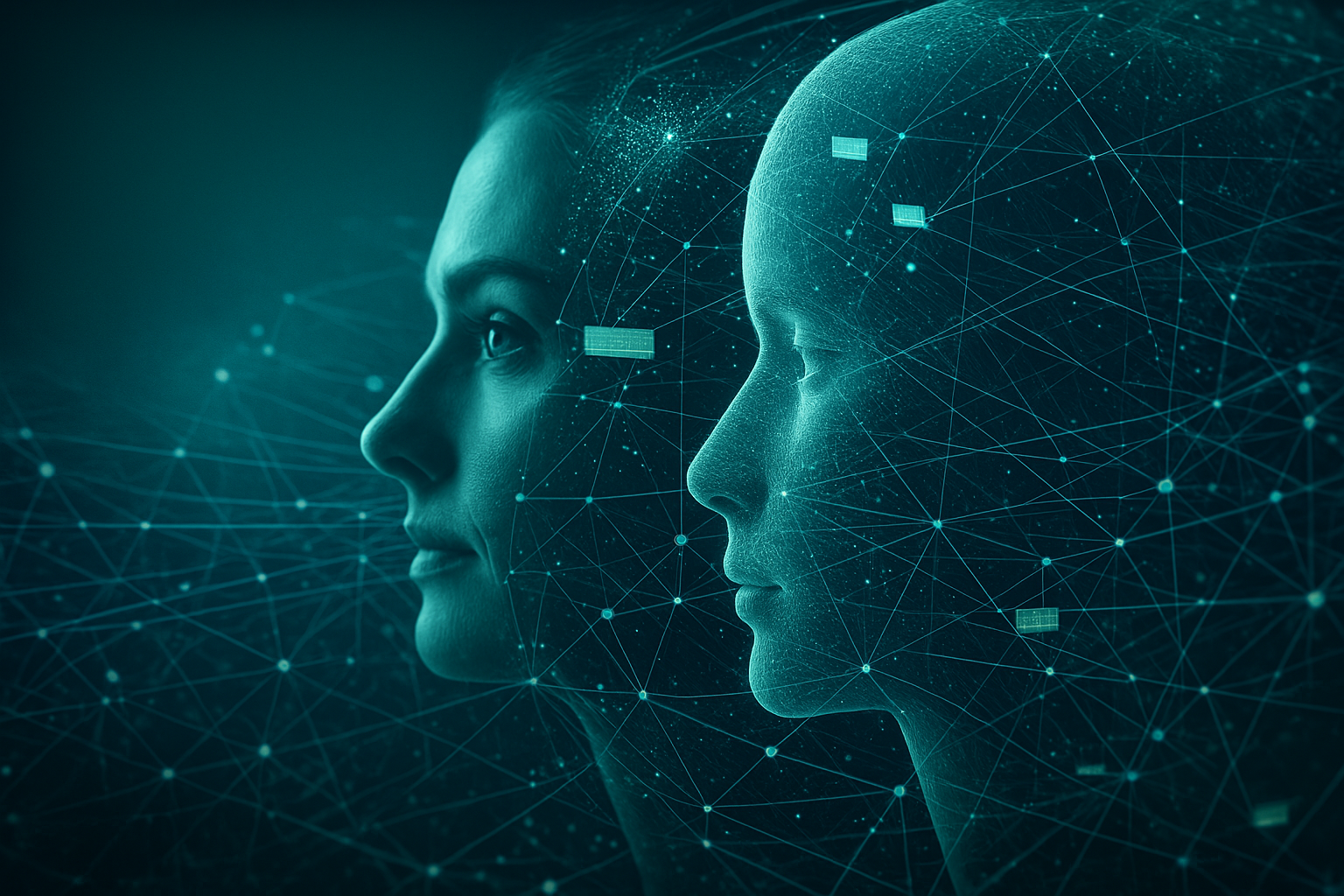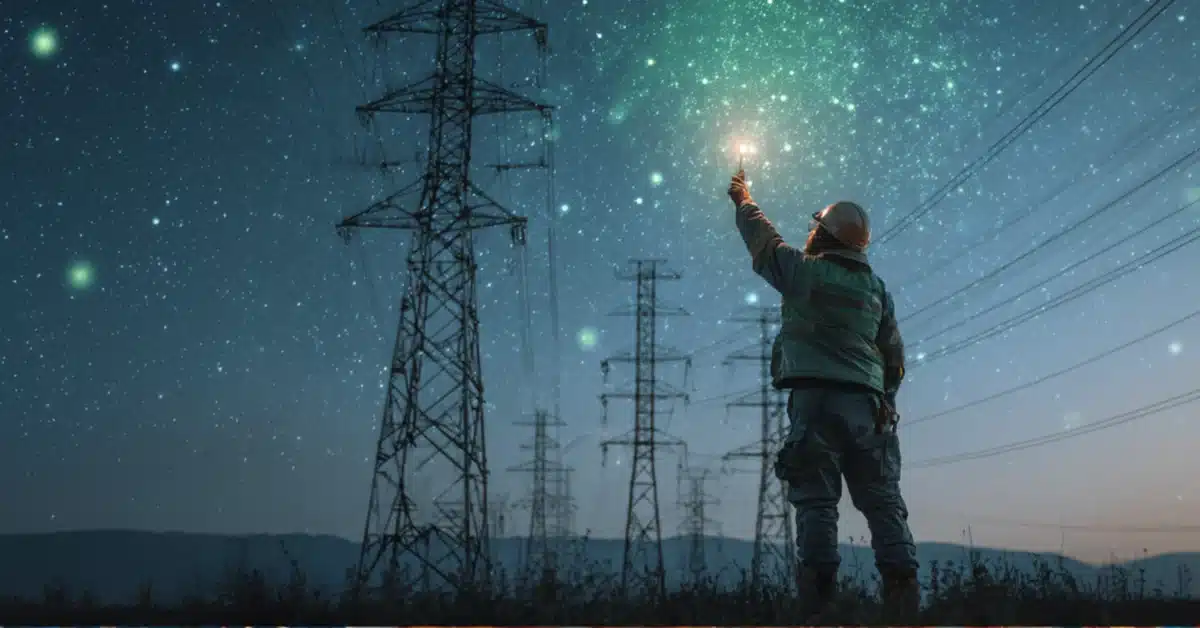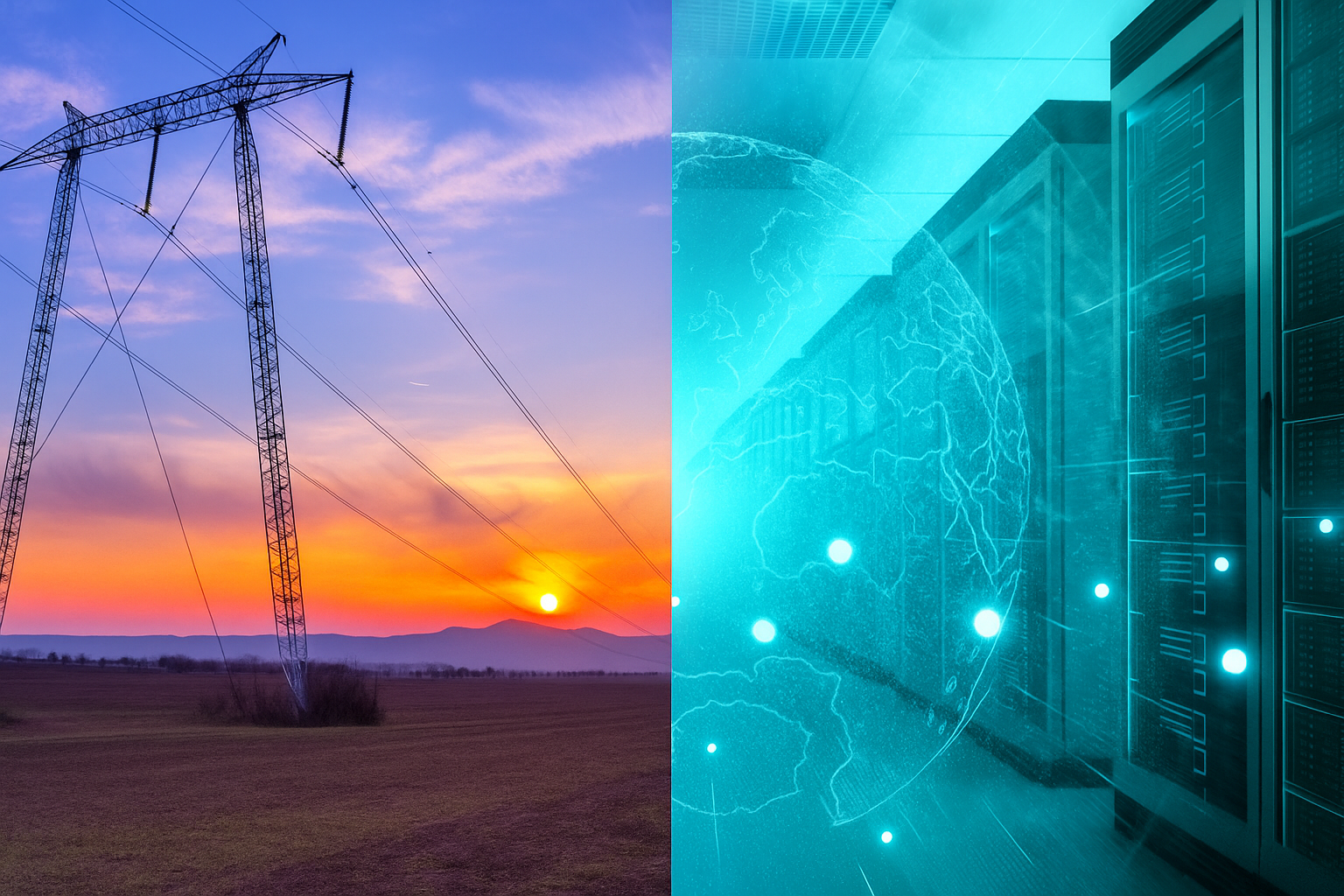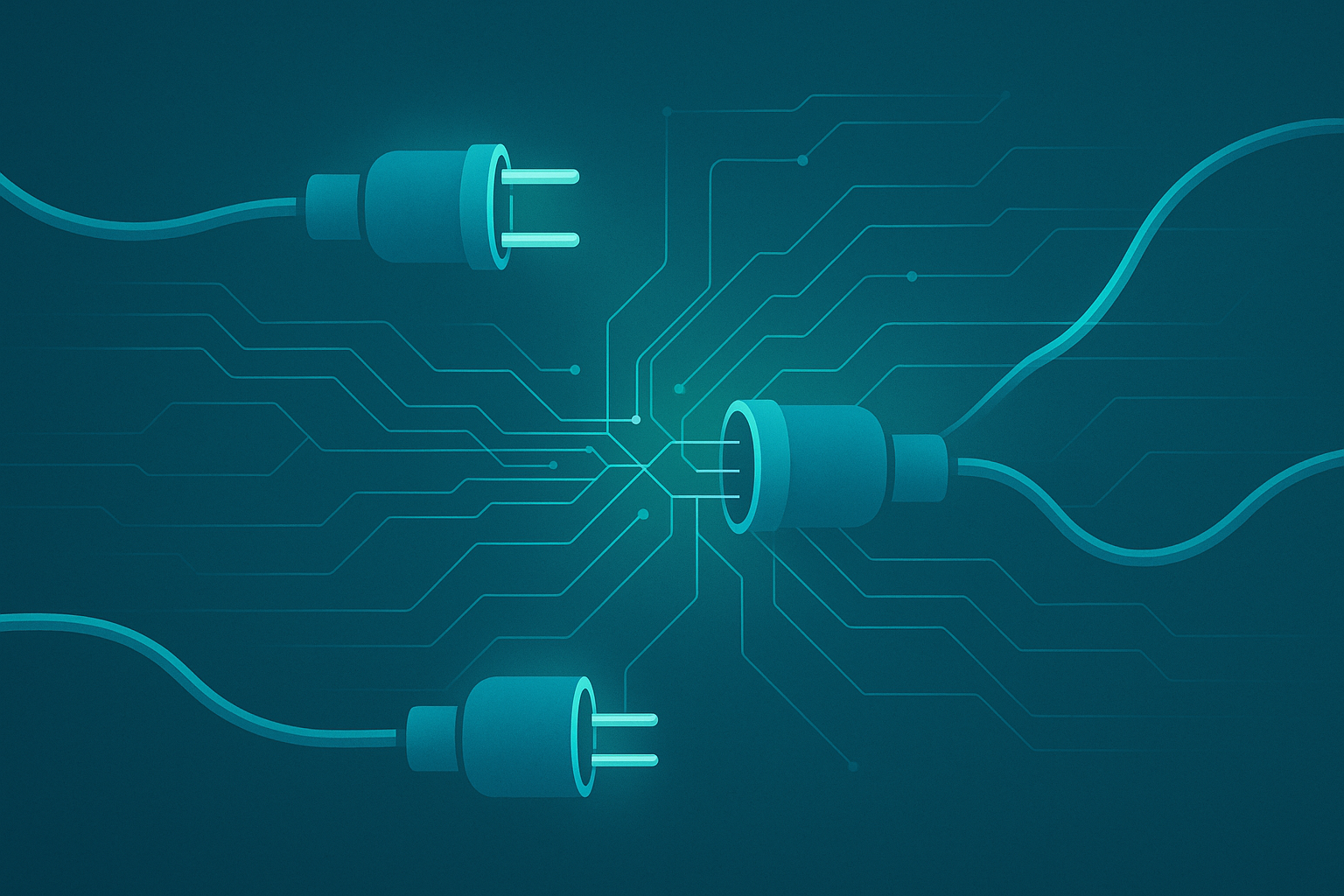
In the dark recesses of your home, lurking in standby mode, there are countless devices are silently draining power. These "energy vampires,” a phrase that sounds like something from a B-movie horror film, are quietly siphoning electricity, bloating your energy bills and adding unnecessary strain to the grid.Your TV, gaming console, microwave, smart speaker, and even that ancient digital clock radio you’ve forgotten about on the bedside cabinet are all complicit. They sip power day and night, waiting for their moment of activation, bleeding small but cumulative amounts of energy from the electrical grid that, over time, amount to an absurd level of waste.But in this particular horror story, “AI” isn’t the villain. It’s the vampire hunter.
The Scale of the Problem
Phantom loads (the technical term for energy vampires) account for an estimated 5-10% of all residential energy use. Across millions of homes that’s an astonishing amount of wasted electricity that translates into unnecessary carbon emissions and higher bills – all for absolutely no benefit.
In businesses, the problem is worse, with idle equipment in offices and industrial settings consuming far more electricity than people realise.
So, if you’re picturing a giant, lumbering electrical grid sweating and groaning under an unnecessary burden, you’re not far off.
Enter the AI Vampire Hunters
Traditional methods of dealing with phantom loads include manual intervention (physically unplugging devices, which, granted few people actually do) or using power strips with switches (which people also tend to forget about).
AI, however, could offer something potentially much smarter – an automated method of energy management that detects, predicts, and eliminates waste before you even realise that it’s happening.
Smart home energy monitors, such as those powered by AI driven analytics, can identify the unique power signatures of different devices and determine when they’re unnecessarily consuming electricity.
By analysing usage patterns, these systems can automatically power down idle devices or suggest optimal scheduling to minimise waste – most especially because so many homes now are integrating smart devices, allowing them to be controlled remotely and automatically.
AI doesn’t just turn things off, it can learn how you use energy and make intelligent decisions that balance efficiency with convenience.
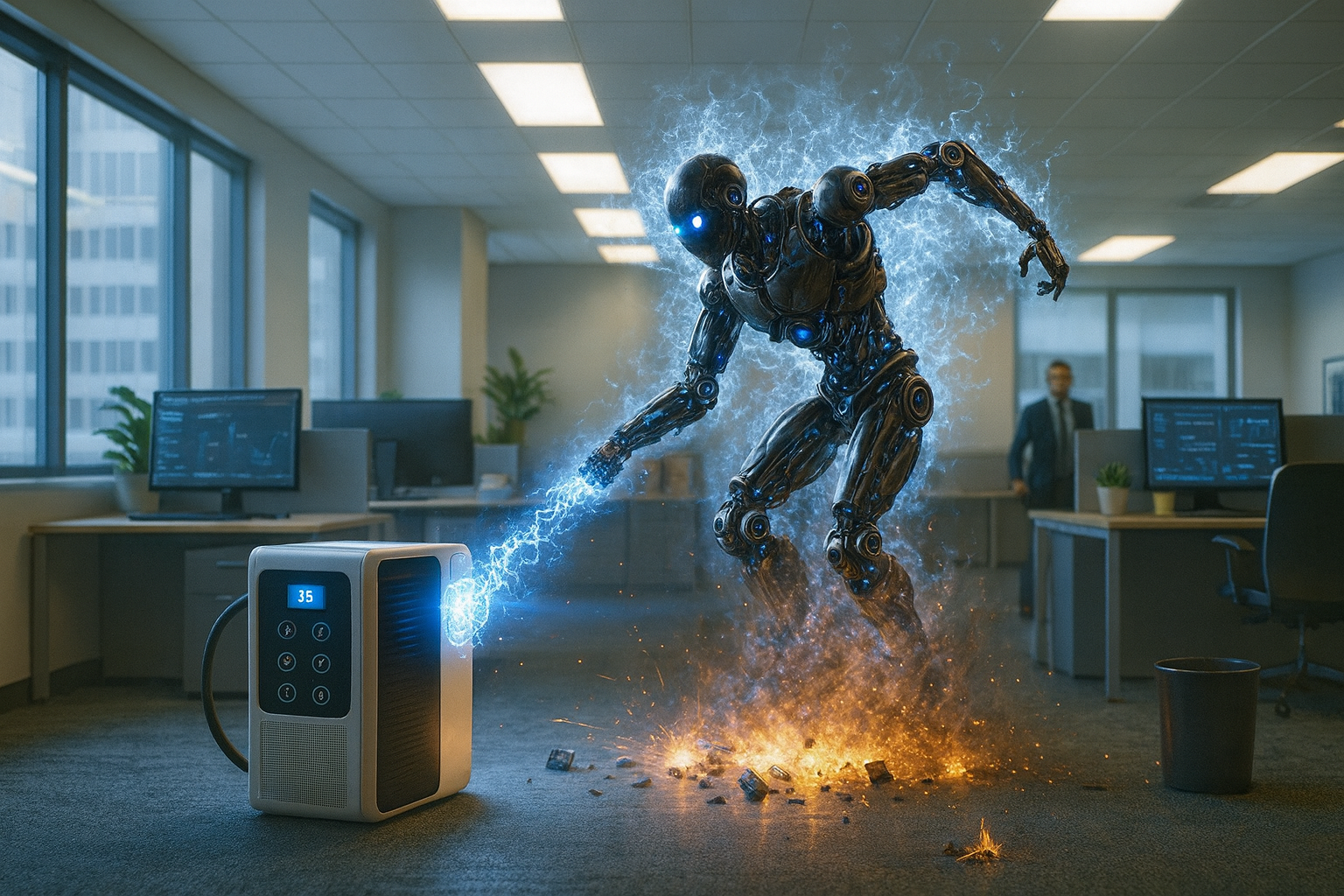
How AI Stalks the Vampires
Energy AI systems operate through a combination of real-time monitoring, machine learning, and automation.
Device Recognition
AI powered energy monitors, such as those embedded in smart meters or Wi-Fi-connected plugs, can recognise individual devices based on their power usage patterns. For example, they would know when your TV is in standby versus when it’s actively in use.
Pattern Analysis
By tracking daily and weekly energy usage, AI can determine which devices are wasting the most power when idle. They can distinguish between necessary standby power (like an internet router, for example) and unnecessary drains (like a printer left on overnight for no reason).
Automated Control
AI can integrate with smart home systems to automatically cut power to vampire devices when they’re not needed. No need for manual switches or human forgetfulness, AI can do such a job ruthlessly and efficiently. And, it wouldn’t get bored doing it either.
Predictive Optimisation
Over time, AI models would be able to refine their understanding of your habits, optimising power schedules to ensure maximum savings without affecting usability. They would learn when to pre-activate devices, power them down, and even shift energy intensive tasks to off peak hours (to save money on your smart utility tariff).
The Bigger Picture, AI vs. Systemic Energy Waste
Whilst eliminating household phantom loads is useful, the real battleground is at the commercial and industrial scale. AI driven energy management systems are already being deployed in offices, data centres, and factories to monitor and control energy consumption on a much larger scale.
Smart Grids
AI is being used to balance load demands, ensuring that wasted energy is minimised across entire networks.
Automated Industrial Shutdowns
Large scale manufacturing facilities use AI to detect inefficiencies and power down idle machinery, reducing unnecessary energy draw.
EV Charging Management
AI driven charging systems ensure that electric vehicles are fully charged up at optimal times, avoiding strain on the grid and excess demand during peak hours.
Will AI Make You a Reluctant Vampire Hunter?
One unavoidable consequence of AI driven energy management is the realisation of just how much energy we waste. Many people assume their devices are only consuming power when actively used, but once an AI system lays bare the truth - your TV sucking power 24/7, your coffee machine drawing energy overnight - it can trigger a potentially uncomfortable awareness of inefficiency.
Some users will embrace this knowledge, welcoming automated shutdowns and AI driven insights. Others might resist, preferring the convenience of always-on devices, even at the cost of waste. The challenge isn’t just technological, it’s behavioural.
The Future of AI Energy Management
The more AI systems integrate with smart homes, offices, and grids, the more effective they become at minimising waste. AI powered energy efficiency won’t just be a luxury feature; it will become a necessity as power demand increases, sustainability concerns grow, and regulatory pressure mounts.
Eventually, AI may well move beyond passive monitoring and take more aggressive action - dynamic energy pricing, automatic consumption penalties, or AI powered energy brokers negotiating power allocations. Perhaps one day, AI will develop to be so efficient that phantom loads will be eradicated altogether.
Until then, AI vampire hunters are here to do what we won’t - hunt down the energy vampires, drive a digital stake through their wasteful hearts, and keep the grid - and your wallet - healthier in the process.


